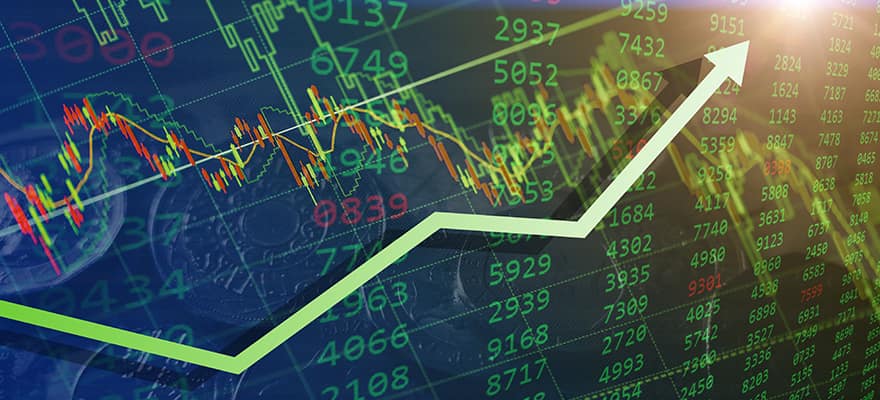Professional Forex traders' trading time depends a lot on the underlying situation. For instance, some traders concentrate on investing while others on micro-moves.
High Frequency
Truthfully speaking, one of the major changes in the forex world during the past several years has been the advent of high-frequency trading.
In this prism, a few high-frequency traders can make hundreds, if not, thousands of trades per day.
As everyone can see, it is not done manually; usually, they do this through some kind of algorithm or computerized system.
Moreover, this is not done by the 'expert advisors' people see online for the MetaTrader 4 systems.
And this is highly specialized equipment, using computers and connections much quicker than the retail traders have access to.
Most of the time, hedge funds and banks - and possibly proprietary trading desks - do this. The said traders are day traders, and not looking to make much per trade, but make a lot throughout hundreds of trades.
For day traders working manually, they might be looking at more along the lines of 20 trades a day.
But not all trades are the same. There are even days that don't offer much in the way of opportunity.
Typically, as day traders, they might find 3 to 5 trades pretty fast. So, day trading seems to be one of the most challenging things to do, especially in the short-term charts, as it delivers an entirely new host of issues from a psychological standpoint.
Usually, professionals and those with an extreme amount of experience do this. To go in the five-minute chart right away is a path to a margin call.
Swing Traders
Another group of traders is swing traders or intermediate traders. The said traders tend to put a couple of trades a day at most. And generally, they hang onto trades for several hours, if not, days.
For instance, traders might recognize that the AUD/USD pair has a significant amount of support at a specific level.
Also, they would realize that 200 pips above, there is a considerable amount of resistance.
An intermediate trader will probably enter this trade and hang onto it until it reaches the target - this could take a handful of hours or a few weeks.
In addition to that, intermediate and swing traders seek for specific targets, not necessarily a timeframe.
And due to this, it is hard to quantify how much they trade. It all depends on the market conditions, but that is a fact with all of these traders.
Investors
One more group of traders fall along the lines of investors. These are traders that recognize the currency they are trading when it is in an uptrend, and they are buying and holding them.
The said traders would typically hang onto a trade for weeks, if not, months.
Without a doubt, some of these traders even have a currency for some years. And as a general rule, pairs tend to enter cycles of 2 to 3 years on every trend. Thus, these traders are trying to pick up those moves.
Also, their profit and loss situation change drastically as they could have pullbacks of 300 pips as an example.
But still, the 300-pip pullback might be a minor in the big scheme of things. However, they need to have conviction and the strength to hold onto trade and let it work.
These traders will typically take short positions and build it as the trade works out in their favor. With that, they could have one trade going for 2 to 3 years, but the truth is they might add to it 30 or 40 times as an example.











